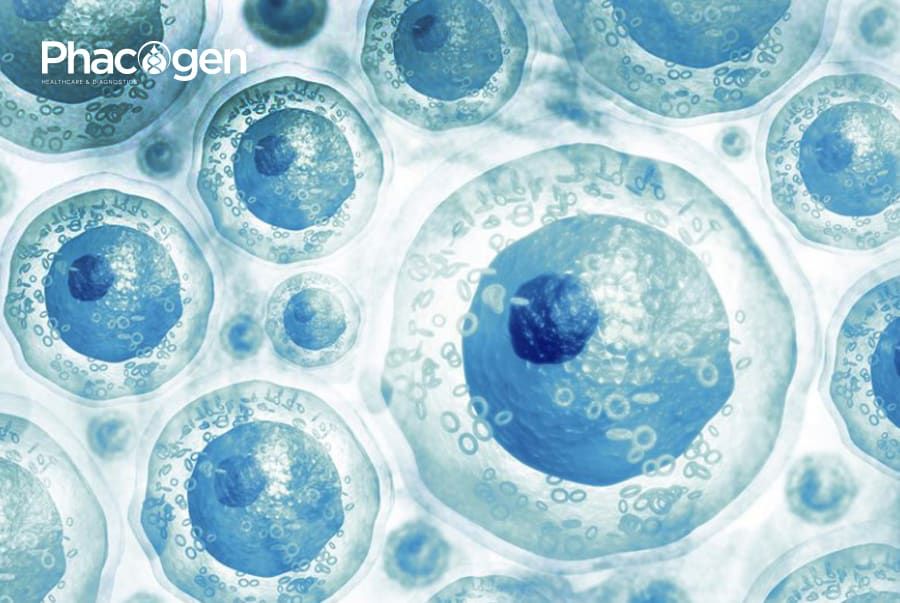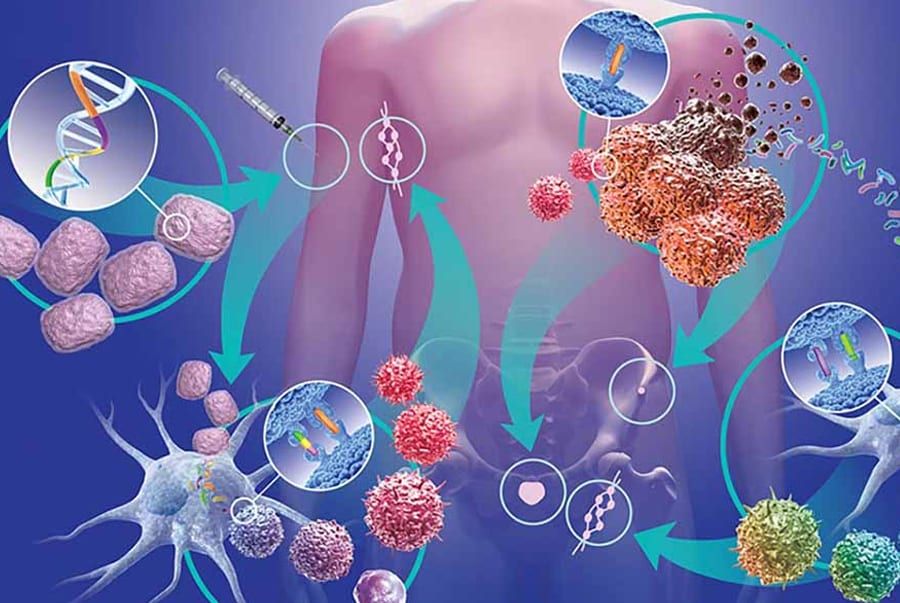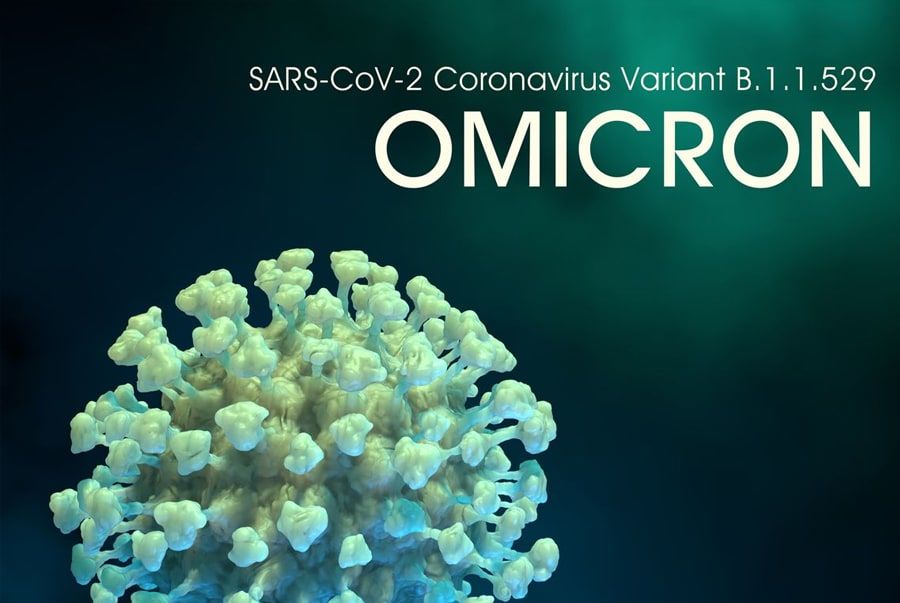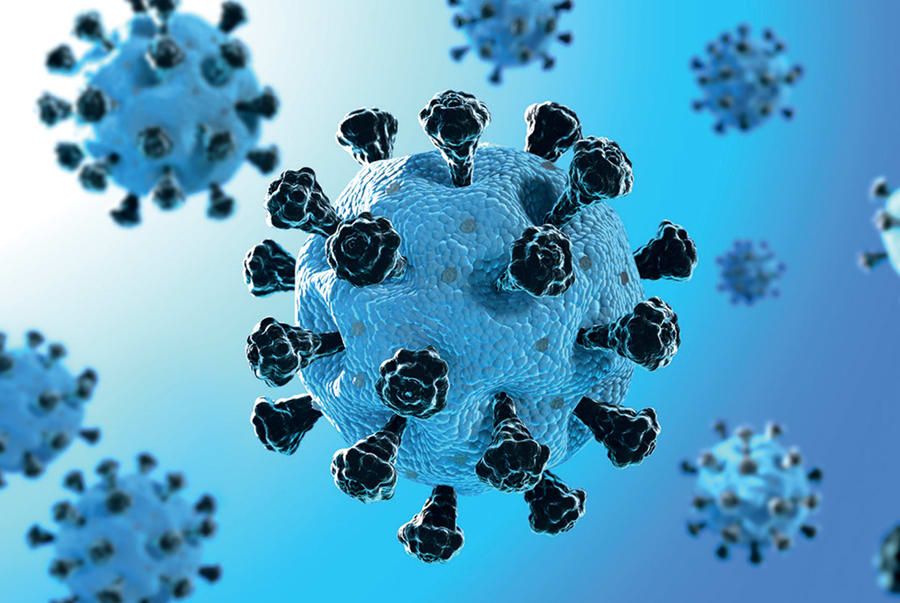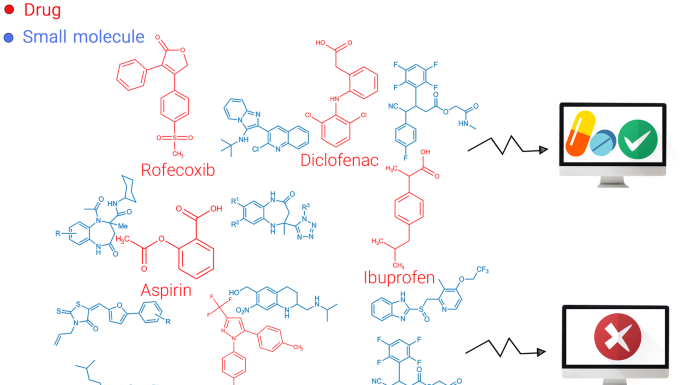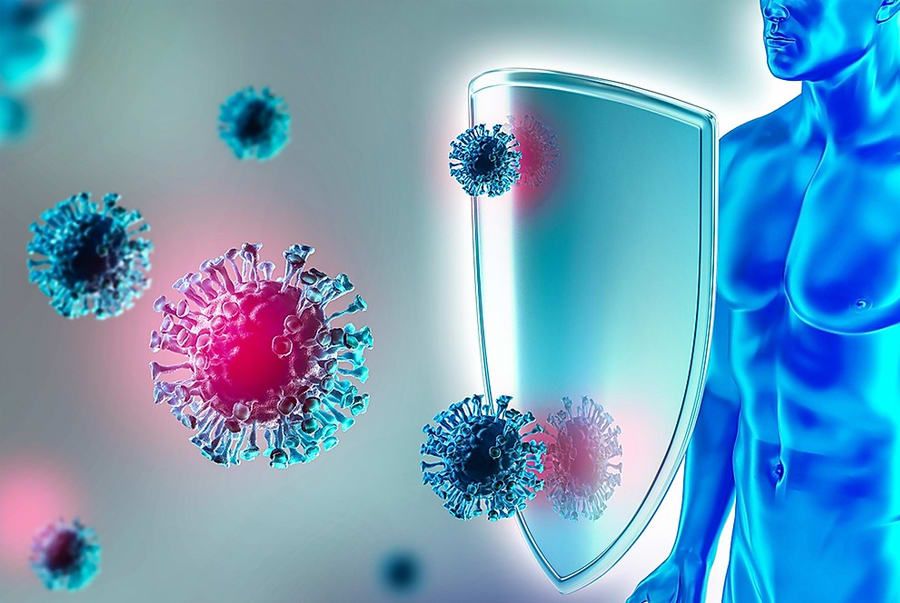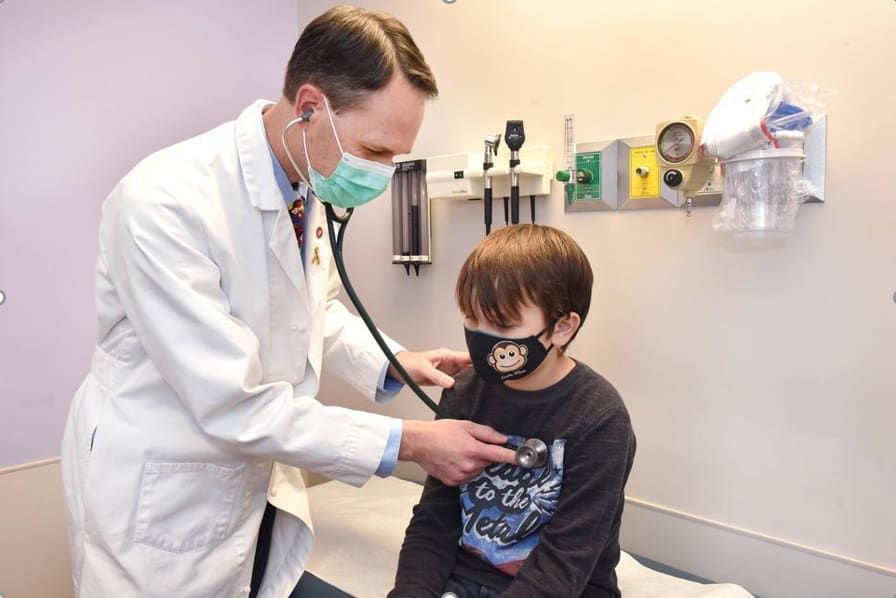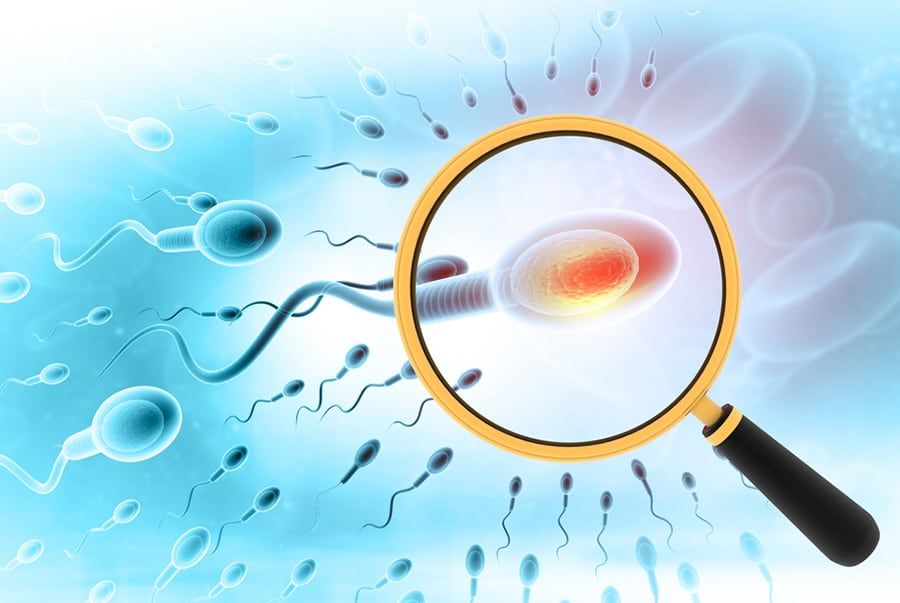1. Basic Information about Breast Cancer
Cancer is a disease characterized by uncontrolled growth of cells in the body. After skin cancer, breast cancer is the most common type of cancer diagnosed in women in the United States.
Each year, in the United States, there are approximately 264,000 cases of breast cancer diagnosed in women and about 2,400 cases in men. Among them, the death rate due to breast cancer is 42,000 in women and 500 in men. Black women have a higher mortality rate from the disease compared to white women.
1.1. What is Breast Cancer?
Breast cancer is a disease characterized by the uncontrolled growth of cells in the breast. There are different types of breast cancer, depending on the type of cells that have transformed into cancer cells.
The breast is composed of three main parts: the lobules, the milk ducts, and the connective tissue. The lobules are responsible for producing milk, while the milk ducts help transport milk to the nipple. The connective tissue, which includes fibrous and fatty tissue, surrounds and connects the cells together. Breast cancer can occur in different parts of the breast. Most types of breast cancer usually originate in the milk ducts or the lobules.
Breast cancer can spread through the blood vessels and lymphatic system. When breast cancer spreads to other parts of the body, it is called metastatic breast cancer.
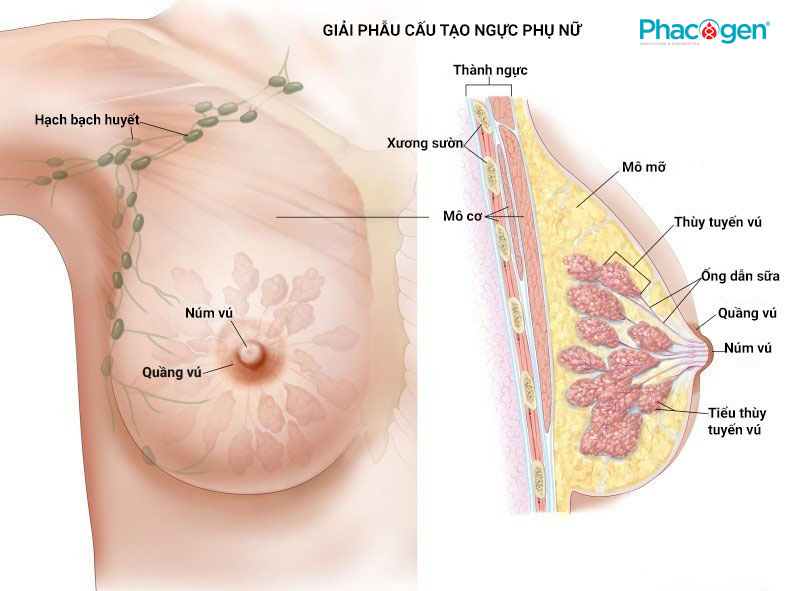
1.2. Types of breast cancer:
- Invasive ductal carcinoma: Cancer cells start inside the milk ducts and invade through the walls, spreading into the surrounding breast tissue and potentially metastasizing to other parts of the body.
- Invasive lobular carcinoma: Cancer cells originate in the lobules (milk-producing glands) of the breast. They then spread to the lymph nodes and other parts of the body.
- Ductal carcinoma in situ (DCIS): DCIS is a non-invasive breast cancer where cancer cells are confined to the milk ducts and have not spread to surrounding breast tissue. However, if left untreated, DCIS can progress to invasive breast cancer.
In addition, there are several other less common types of breast cancer, such as Paget's disease of the nipple (a rare form of cancer that appears as red, scaly patches on the nipple and areola), medullary breast cancer (an invasive type of cancer with the potential to spread to other parts of the body), and inflammatory breast cancer (a rare and aggressive form of breast cancer that typically presents with a rash or irritated area of the skin).
2. Normal breast and symptoms of breast cancer
2.1. Normal breasts have certain characteristics:
Normal breasts do not have a consistent standard. Most women report that their breasts are not symmetrical. The shape and feel of breasts can be influenced by factors such as menstrual cycles, childbirth, weight changes, and the use of certain medications. Breasts can also undergo changes as a person ages.
2.2. Symptoms of breast cancer.
Each patient may experience different symptoms. Some patients may not have any noticeable symptoms.
Some warning signs of breast cancer include:
- Presence of a lump in the breast or underarm.
- Thickening of the breast skin or localized swelling.
- Irritated or dimpled breast skin.
- Redness or flaking of the nipple or breast area.
- Nipple retraction or changes in shape.
- Abnormal discharge from the nipple, especially if it contains blood.
- Increase in size or changes in breast shape.
- Pain or tenderness in any area of the breast.
These symptoms could be signs of other conditions that are not necessarily cancer. Therefore, if you have any suspicious signs or symptoms, it is important to consult a doctor for a thorough examination and timely diagnosis.
2.3. Tumor in the breast.
Having a lump in the breast, but it is not breast cancer.
Breast lumps can have various underlying causes, including the possibility of cancer. However, the majority of breast lumps are non-cancerous and result from other medical issues. Conditions such as fibrocystic breast changes and breast cysts can cause changes in the breast tissue, leading to the formation of palpable lumps and breast pain, but they are not cancerous. Cysts are small sacs filled with fluid.
3. Risk factors for breast cancer include:
Studies have shown that the risk of breast cancer depends on a combination of factors. The main factors influencing the risk include gender and age. Most cases of breast cancer are diagnosed in women aged 50 and older.
Some women have risk factors but not all will develop breast cancer. Conversely, there are women without any known risk factors who still develop breast cancer. If you have risk factors for breast cancer, it is important to talk to your doctor about medical interventions to reduce the risk and timely breast cancer screening.
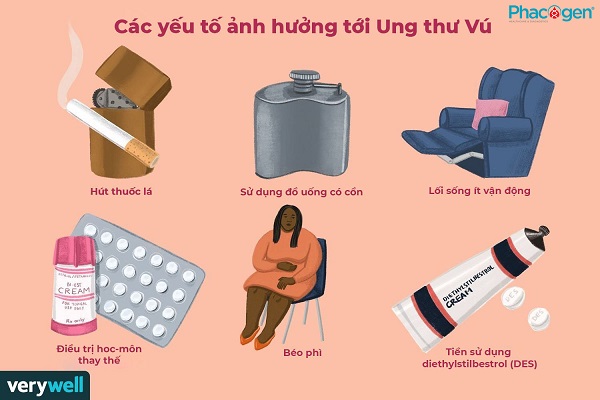
3.1. Unmodifiable risk factors include:
- Age: The risk of breast cancer increases with age. The majority of breast cancer cases are diagnosed after the age of 50.
- Genetic mutations: Women with specific genetic mutations, such as BRCA1 and BRCA2, have a higher risk of developing breast and ovarian cancer.
- Hormonal changes: Early onset of puberty before the age of 12 or late menopause after the age of 55 exposes women to hormones for a longer period, increasing the risk of breast cancer.
- Dense breast tissue: Women with dense breast tissue have a higher risk of breast cancer. Dense breasts have more connective tissue than fatty tissue, making it more difficult to detect tumors on mammograms.
- Personal history of breast cancer or certain breast conditions such as atypical hyperplasia or lobular carcinoma in situ (LCIS) increases the risk of developing breast cancer.
- Family history of breast or ovarian cancer: Having a family member, such as a parent, sibling, or child, with breast or ovarian cancer increases the risk of developing breast cancer.
- Previous radiation therapy: Previous radiation treatment to the chest for another type of cancer increases the risk of developing breast cancer.
- History of exposure to diethylstilbestrol (DES): DES was used to prevent miscarriages in some pregnant women in the United States from 1940 to 1971. Women who took DES or were exposed to it in utero have a higher risk of developing breast cancer.
3.2. Controllable risk factors:
- Physical activity: Low or no physical activity increases the risk of breast cancer.
- Overweight or obesity: Being overweight or obese, especially after menopause, increases the risk of breast cancer.
- Hormone replacement therapy: Using certain types of hormone replacement therapy after menopause or using certain types of birth control pills can increase the risk of breast cancer.
- Reproductive history: Having a first pregnancy after the age of 30, not having children, or not breastfeeding can increase the risk of breast cancer.
- Alcohol consumption: The risk of breast cancer increases with higher levels of alcohol consumption.
Research has indicated that other factors such as smoking, exposure to carcinogens, and alterations in other hormones due to night shift work can also increase the risk of breast cancer.
